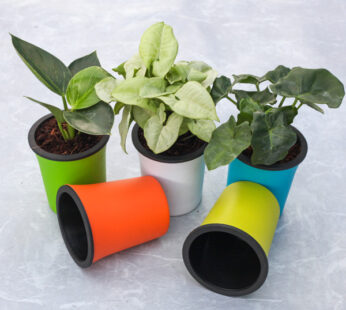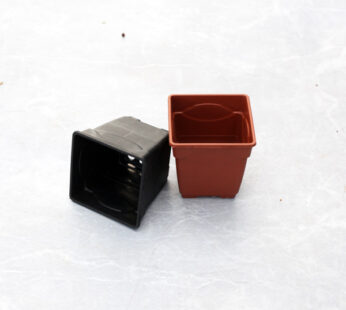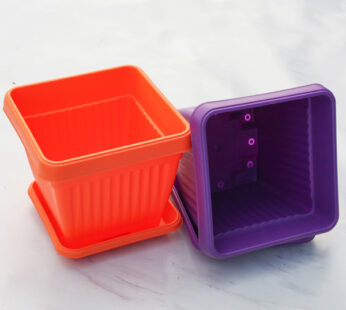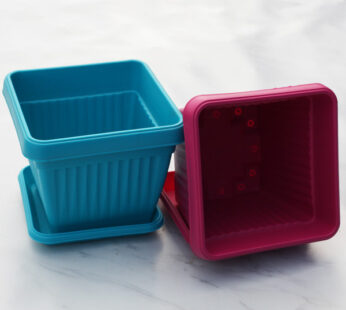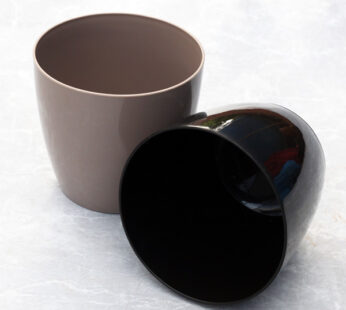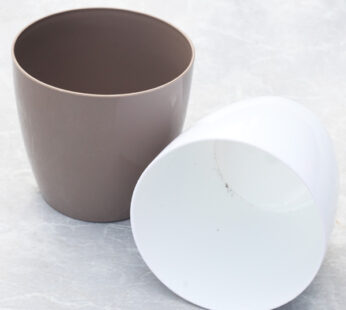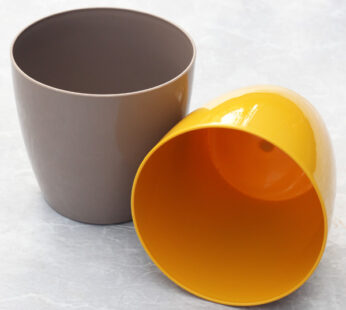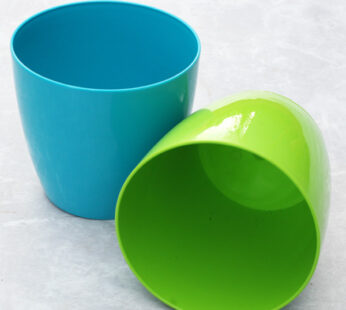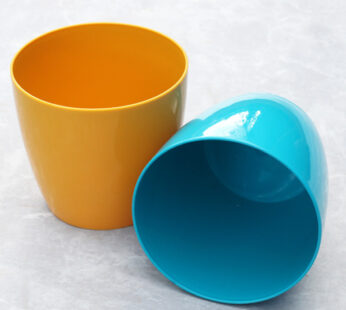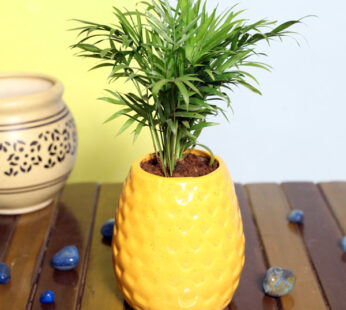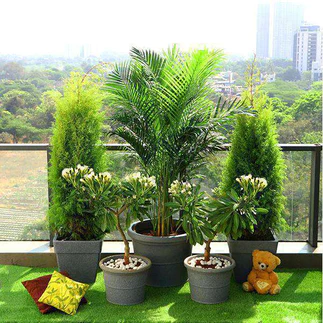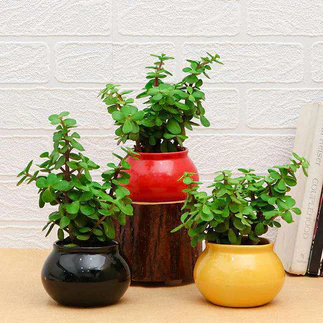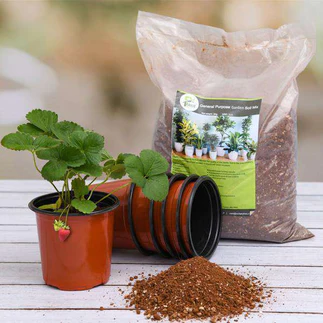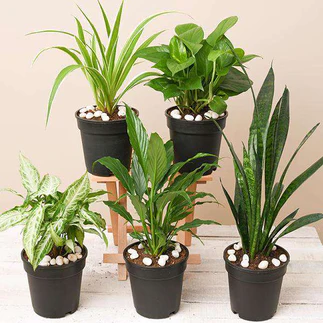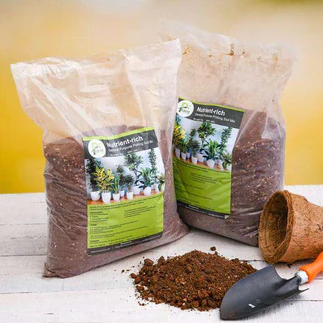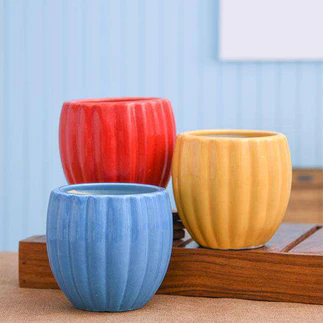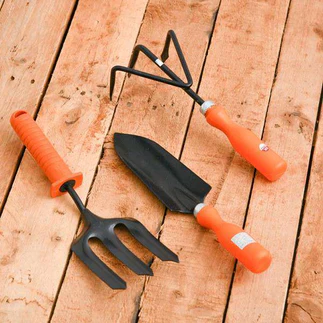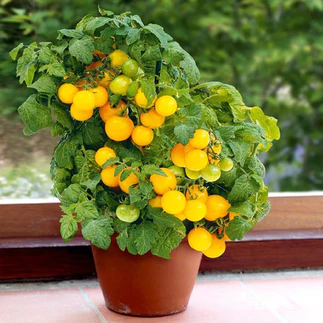Indoor plants are plants that are grown inside homes, offices, or other indoor spaces. They are popular for their aesthetic value, air purifying qualities, and as a source of relaxation and stress relief. Some common indoor plants include Peace Lily, Spider Plant, Snake Plant, Pothos, Fiddle Leaf Fig, and rubber plant. They typically require less maintenance than outdoor plants and can thrive in low-light conditions. Proper care including proper watering, sunlight, and fertilization can help ensure the health and longevity of indoor plants.
list to Buy Indoor plants for home
Here is a list of some popular indoor plants that are easy to care for and can be bought for your home:
Snake Plant (Sansevieria)
Spider Plant (Chlorophytum)
Peace Lily (Spathiphyllum)
Pothos (Epipremnum aureum)
Fiddle Leaf Fig (Ficus lyrata)
Rubber Plant (Ficus elastica)
English Ivy (Hedera helix)
ZZ Plant (Zamioculcas zamiifolia)
Philodendron (Philodendron)
Chinese Evergreen (Aglaonema)
It's a good idea to research each plant to determine the specific care and light requirements for the specific plants you are interested in, as these can vary.
Faqs
Which plant is best for home indoor?
For indoor home planting, some of the best options are: peace lily, spider plant, pothos, rubber plant, and English ivy. These plants are easy to care for and can thrive in low light conditions, making them ideal for indoor spaces.
Which plant gives oxygen 24 hours?
There is no single plant that gives oxygen 24 hours a day. During the day, most plants produce oxygen through photosynthesis and absorb carbon dioxide. At night, the process is reversed and they release carbon dioxide while absorbing oxygen. Some plants, however, such as snake plants and succulents, continue to release oxygen at night, making them ideal choices for bedrooms. Having several plants in a room can also help to purify the air and improve indoor air quality.
What is a popular indoor plant?
One of the most popular indoor plants is the spider plant (Chlorophytum comosum). It is known for its easy care and long, curly green leaves that can dangle from a hanging basket. The spider plant is also a good air purifier and can thrive in low to medium light levels, making it a suitable choice for many indoor spaces. Other popular indoor plants include peace lily, pothos, rubber plant, and English ivy. These plants are also low maintenance and can improve indoor air quality, making them popular choices for homes and offices.
Indoor plants safe for cats
Here are some common indoor plants that are safe for cats:
Pothos: Also known as devil's ivy, pothos is a vining plant that is not toxic to cats.
Peace lily: This plant is not only safe for cats but also helps to purify the air in your home.
Bamboo palm: This tall, leafy plant is a good choice for bright, indirect light and is not toxic to cats.
Snake plant: Also known as mother-in-law's tongue, snake plants are known for their ability to release oxygen at night and are safe for cats.
ZZ plant: This easy-care plant is tough and can thrive in low light conditions and is not toxic to cats.
It is always a good idea to keep all plants out of reach of curious pets and to monitor them for any signs of digestive upset if they do happen to ingest a plant. It's also important to note that different animals may have varying sensitivities to plants, so it is best to consult with a veterinarian before introducing any new plants to your home.
How many indoor plants to clean air?
The number of indoor plants needed to clean the air in a space depends on several factors, such as the size of the room, the level of air pollution, and the type of plants used. However, as a general rule, it is recommended to have 1 medium to large plant per 100 square feet of living space. For example, in a 500 square foot room, 5 medium to large plants could effectively clean the air.
It's important to note that the plants alone cannot completely clean the air of all pollutants, but they can certainly help to reduce levels of certain chemicals and improve overall indoor air quality. Other factors that impact indoor air quality include proper ventilation, using natural cleaning products, and avoiding synthetic fragrances and air fresheners.
are indoor plants good for health?
Yes, indoor plants can be good for health. Studies have shown that having indoor plants can have numerous benefits for mental and physical health, such as:
Improving air quality: Indoor plants can help to remove pollutants and allergens from the air, which can improve respiratory health.
Reducing stress and anxiety: Spending time around plants and caring for them has been shown to reduce stress and anxiety levels.
Are indoor plants safe at night ?
Indoor plants are generally considered safe at night, but there are a few things to keep in mind.
Humidity: Some plants, such as ferns and orchids, need higher humidity levels, which can be difficult to maintain in a dry indoor environment. Keeping a humidifier near your plants or regularly misting them can help.
Pests: Indoor plants can attract pests such as spider mites, scale insects, and mealybugs, which can cause damage to the plants. Regularly inspecting your plants and using an appropriate insecticide if needed can help to keep pests under control.
Overwatering: Overwatering plants can lead to root rot, which can be fatal to the plant. Make sure to follow the recommended watering schedule for your specific plants and check the soil regularly to ensure it is not too wet.
Are indoor plants harmful?
Indoor plants can be harmful if not properly cared for or if certain species are ingested. Some common indoor plants, such as dieffenbachia and philodendron, can cause skin irritation or be toxic if ingested. Additionally, mold can sometimes grow on soil or leaves of indoor plants, which can be harmful to individuals with allergies or respiratory issues.
To minimize the risk of harm, it is important to follow proper care instructions for each type of plant and to keep plants out of reach of children and pets. It is also recommended to regularly inspect plants for signs of pests or disease and to avoid overwatering, which can lead to the growth of mold.
In general, indoor plants can be safe and beneficial to have in the home as long as they are properly cared for and kept in a healthy environment.
Can indoor plants cause allergies ?
Yes, indoor plants can cause allergies in some individuals. Allergic reactions can be triggered by mold growing on soil or leaves, dust or debris accumulating on plant surfaces, or exposure to plant proteins present in pollen or other plant parts. It is important to monitor your reaction to indoor plants and take appropriate steps to manage or avoid exposure if necessary.
can indoor plants make you sick ?
Yes, indoor plants can make you sick if certain species are ingested or if mold is growing on the soil or leaves. Symptoms of plant poisoning or mold exposure can include nausea, vomiting, skin irritation, and respiratory issues. To minimize the risk of illness, it is important to follow proper care instructions for each type of plant, avoid ingesting plants, and regularly inspect plants for signs of mold growth
What is the best indoor hanging plant?
There are several indoor hanging plants that are great for adding a touch of greenery to your home, here are some popular ones:
Pothos (Epipremnum aureum)
English Ivy (Hedera helix)
Heartleaf Philodendron (Philodendron scandens)
String of Pearls (Senecio rowleyanus)
Devil's Ivy (Epipremnum pinnatum)
Chinese Money Plant (Pilea peperomioides)
Maidenhair Fern (Adiantum raddianum)
Hoya (Hoya carnosa)
String of Hearts (Ceropegia woodii)
Boston Fern (Nephrolepis exaltata)
These plants can be grown in a hanging basket and provide a beautiful and natural decoration that adds life to any room. It is important to note that some of these plants require more light than others, so be sure to research the specific light requirements of each before purchasing.
What are hanging plants called?
Hanging plants are commonly referred to as trailing plants or vining plants. They are plants that grow long stems that trail down, making them ideal for hanging in baskets, planters or other containers. They are a popular choice for indoor and outdoor use as they add greenery and color to any space. Some common names for hanging plants include Pothos, English Ivy, Heartleaf Philodendron, Devil's Ivy, Chinese Money Plant, Maidenhair Fern, Hoya, String of Hearts, and Boston Fern.
Where can I place hanging plants ?
Hanging plants can be placed in a variety of indoor and outdoor spaces, such as:
Living rooms and bedrooms
Kitchens and bathrooms
Porches and balconies
Patios and outdoor seating areas
Entryways and hallways
Office spaces and waiting rooms
They can be hung from hooks, ceilings, or placed in hanging baskets and suspended from stands. Hanging plants add greenery and life to any space, and are a great way to bring the outdoors in or add a touch of nature to an otherwise dull area. It is important to consider the specific light and care requirements of each plant when choosing a location, as some plants may need more or less light or moisture than others.
Helpful Links:
About Nationbloom
blog.nationbloom.com
Contact/Enquiry
Nationbloom FAQ's














